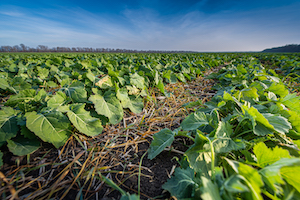The University of Nebraska-Lincoln Extension teamed up with the U.S. Department of Agriculture’s Natural Resources Conservation Service (NRCS) for a recent project to highlight the benefits of planting cover crops. They collected soil samples at 10 different on-farm fields to compare a wide range of soil health management practices. Overall, cover crops were found to be the most impactful soil health practice.
Other soil health tactics, such as crop diversity and crop-livestock integration, were also considered during the project. The Haney Soil Health Test was used to gauge soil respiration and nutrient levels, and a locally developed NRCS test looked at factors such as soil temperature and water infiltration. Cover crop use appeared to have the most influence on the changes seen at all of the farms.
Specifically, cover crop use seemed to have the most significant impact on soil health. This was followed by years without soil disturbance, crop-livestock integration, organic amendment uses, and crop diversity. Ultimately, the researchers concluded that cover crops grown for eight years or more could potentially save producers in nitrogen application costs.
In fields with no history of cover crop use, the researchers saw increased bulk density and reduced infiltration rates. Soil health and water-extractable organic nitrogen also appeared to trend downward. However, reducing fallow periods with long-term cover crop usage appeared to improve soil structure, as well as water and nutrient cycling.
The data from this project could potentially benefit farmers by providing more insight into the soil system. In turn, it may help them make better farm management decisions in the future.
